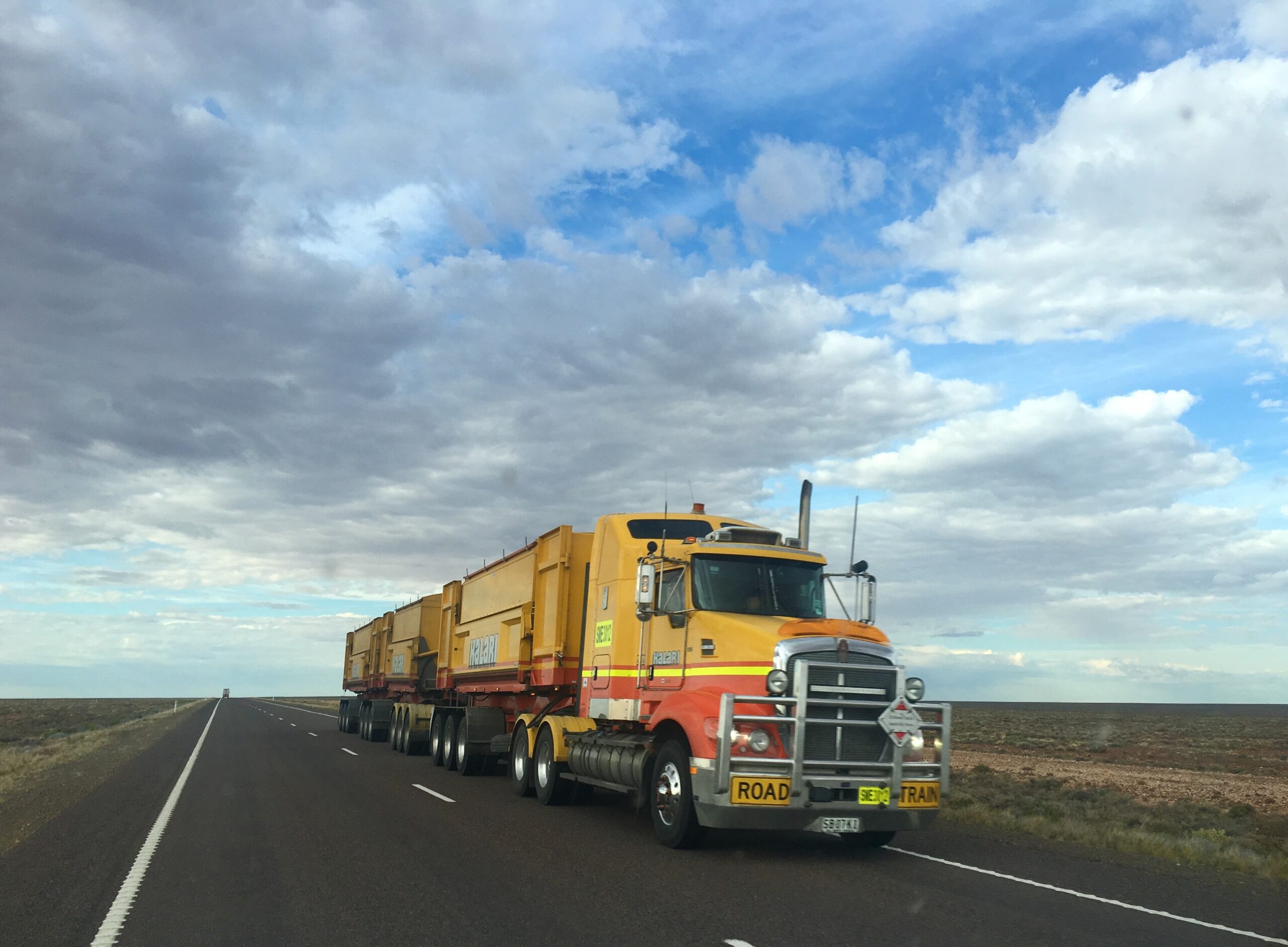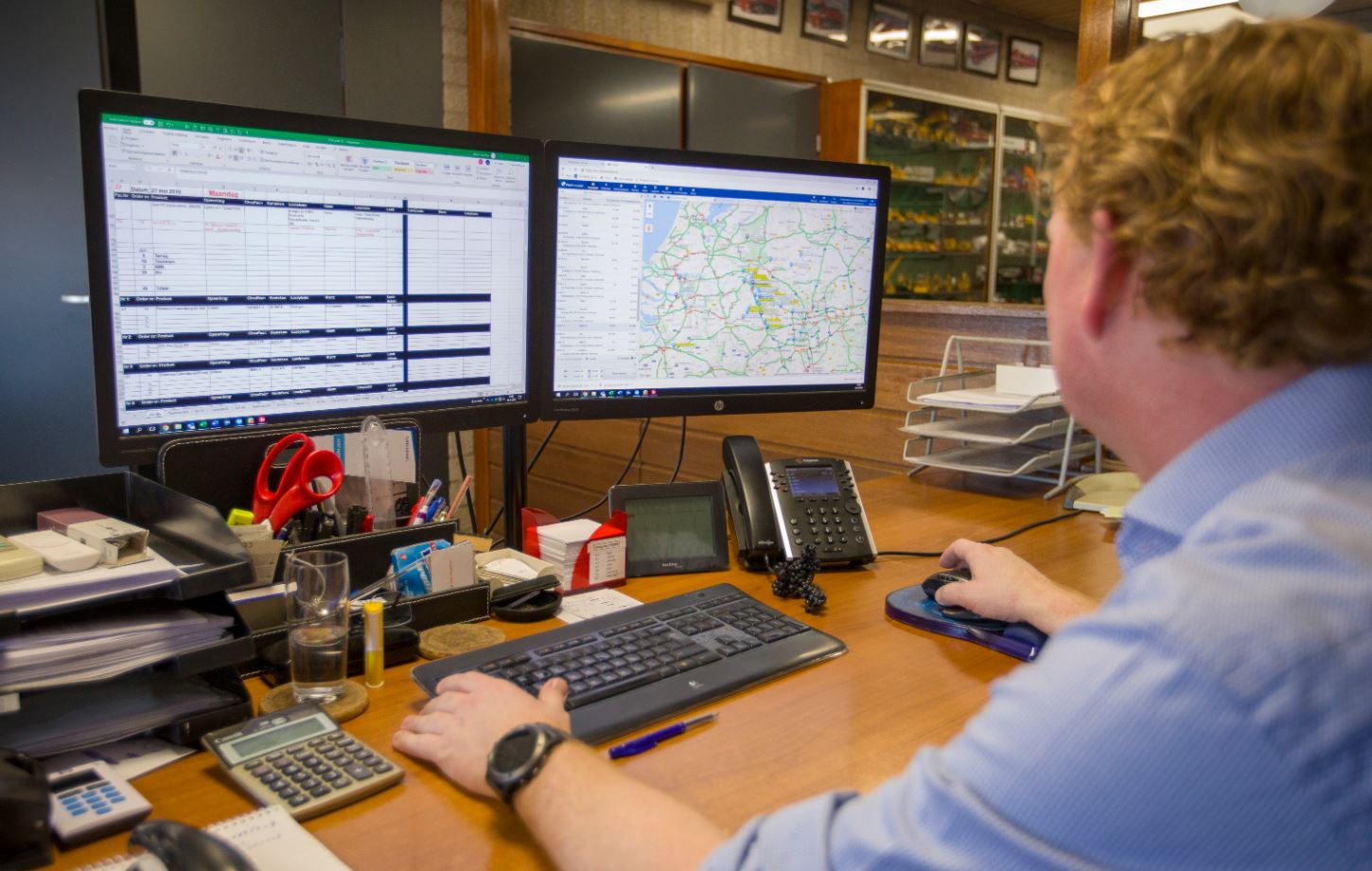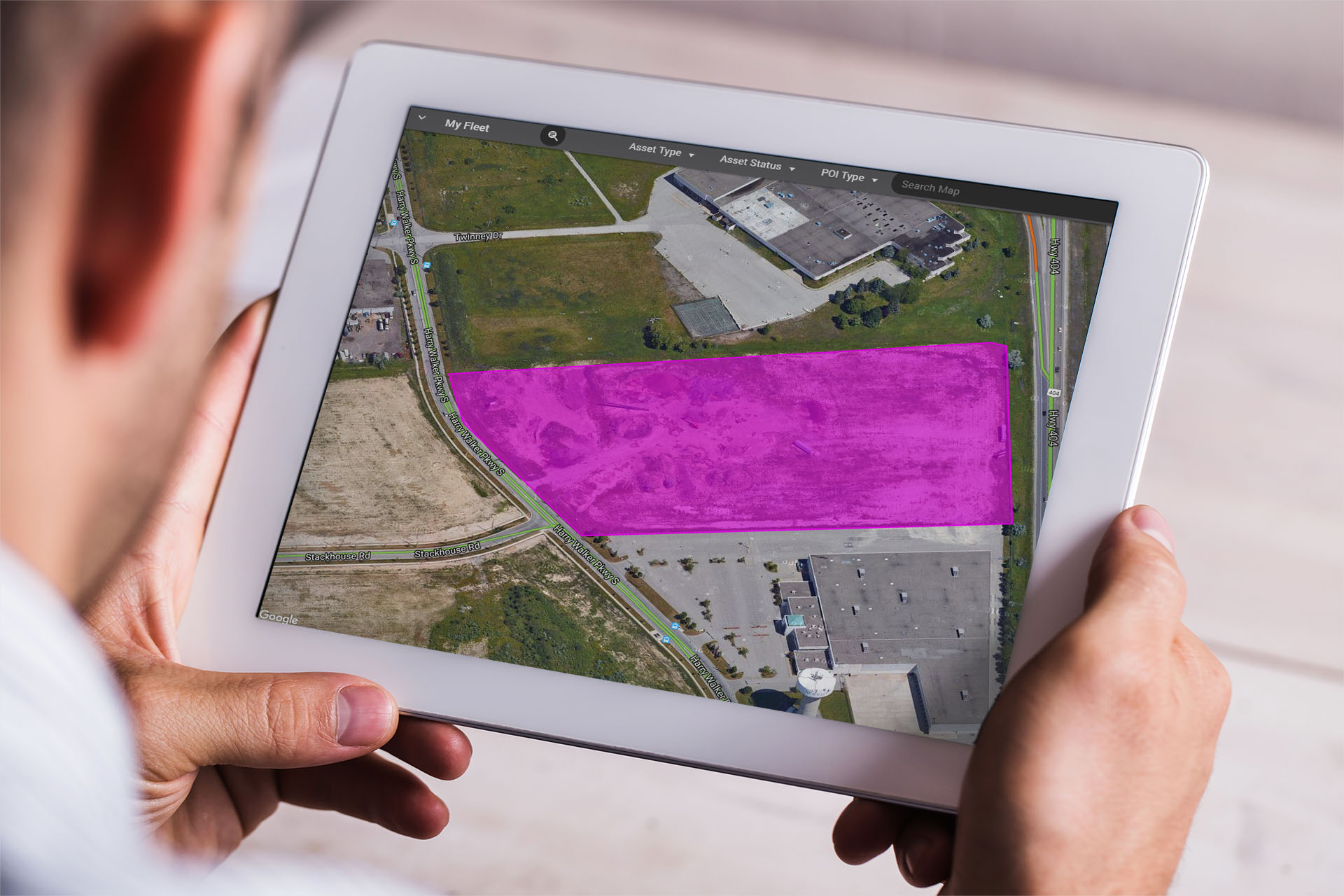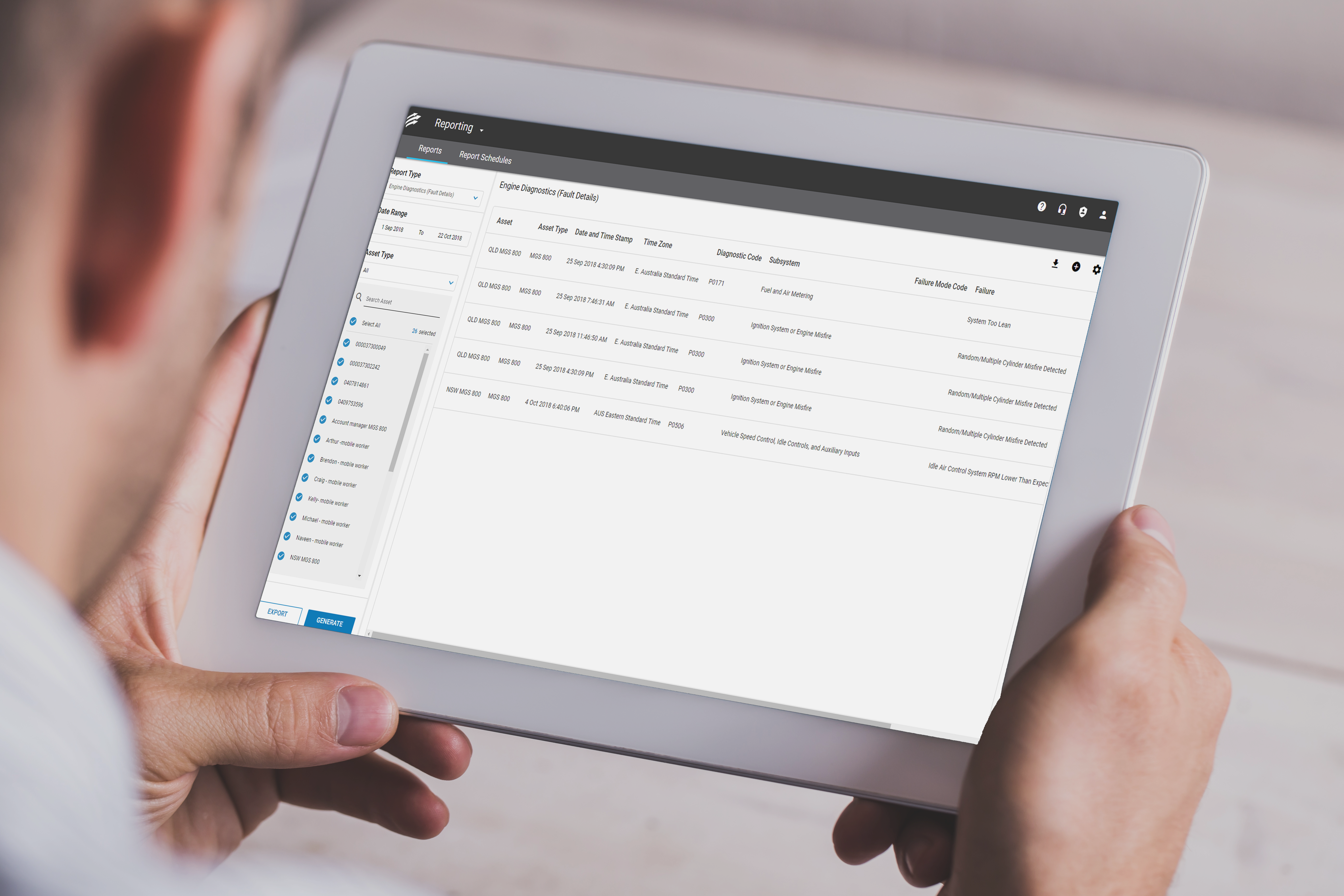Time and time again, statistics have demonstrated the need for driver safety coaching in Australia. While it is confronting to hear – vehicle crashes make up nearly half of all work-related deaths in Australia. What’s more, our on-road fatality rate has seen a 2.7% increase, with collisions causing 1,127 fatalities over the last 12 months and 102 deaths in December 2021 alone.
What are the common causes of on-the-road accidents?
Statistics show that Australia’s lack of driver safety training is the biggest cause of accidents on our roads. As a result, many Australian drivers find themselves at risk of driver fatigue, distractions, inappropriate vehicle positioning, speeding, fire and medical events.
A survey reported on in the 2021 Finder Safe Driving Report indicates that across the nation, 10.4 million drivers admit to driving dangerously. Of the group surveyed, 1 in 8 admitted to texting and driving, whilst almost 1 in 2 admitted to eating whilst driving. The list of risky behaviour continues, from answering calls without hands-free technology to watching videos, driving with knees and even reading books!
So, what can you, as a fleet-owning business, do to help reduce fatalities, accidents and injuries on Australian roads? Let’s start with your legal obligations.
Your duty of care as an employer
Under the Work Health and Safety Acts of Australia, employers are legally obliged to ensure that they are:
- Creating a healthy and safe working environment for all
- Addressing work health and safety issues timely and fairly
- Promoting safety advice, information, education and training
- Designing and enforcing effective safety and compliance processes
Applying the above to your business, and specifically to your on-road operations, means ensuring that your Fleet Management Safety plan addresses whether:
- Your vehicles are safe
- Your on-the-road employees are fit for work
- Your safety and compliance processes follow regulations and are implemented company wide and,
- Your driver’s have sound knowledge of on road safety regulations in Australia
If you’ve checked the boxes on all of the above but want to know how to optimise your plan, we’re here to help. Here’s our guide to incorporating health and safety procedures into your Fleet Safety Management plan.

1. Be proactive and provide ongoing driver training and education
If you’ve started a new job before, the chances are that you’ve taken part in a safety induction. An important aspect of the onboarding process, many fleet-owning businesses provide inductions to ensure that drivers are well-versed on Australia’s road safety regulations. So where do they drop the ball? Often, businesses forget to provide ongoing training and education on safe driving. Ongoing training is crucial to ensure that your drivers remain accountable and responsible for their own safety, as well as other people on-the-road.
Detailed below are key training and educational topics to consider:
- Fatigue management
- Distractions when on-the-road
- Defensive driving skills
- Emergency response plans
- Driver safety regulations in Australia
- How to be self aware and alert when on-the-road
- How to be a safe driver on Australian roads
- Consequences of risky and reckless driving
2. Monitor driver behaviour
The first step to effective driver coaching is identifying the appropriate areas for training. So, where do you start? By gaining insights through driver behaviour monitoring.
In addition to identifying areas for improvement, tracking your employee’s on-road behaviour adds an additional layer of accountability, as they know risky behaviour is being monitored.
Check-out our list of common at-risk behaviours below:
- Harsh braking
- Rapid acceleration
- Tailgating and cornering
- Speeding
- Infringements and fines from local authorities
- Inconsistent recording of break and rest times
 example of notification types in the software
example of notification types in the software
3. Ensure you record all on-road incidents and issue infringements
As part of your monitoring efforts, ensure that all incidents are recorded and where necessary, enforce disciplinary action. Again, this adds a layer of accountability, as drivers know that they are being monitored and any at-risk behaviours could result in infringements or warnings. Over time, the data collected can also be used to assess your driver’s future performance, informing proactive training sessions customised to address individual at-risk behaviours.
4. Leverage fleet management software and technology
As a fleet-owning business, you’ll likely be familiar with fleet management software solutions that allow you to monitor your vehicles. But, did you know that many systems also feature capabilities that track driver behaviour? This advanced technology provides you with data-driven insights, pulled from real-time tracking and monitoring of your fleet vehicles. Some are even built with the ability to set up real-time driver alerts. This means that you can communicate with your drivers on-the-spot, ensuring that they adjust their behaviour in real-time to reduce the risk of accidents.
Request a free Fleet Complete Demo, and learn more about how we can help you reduce fatalities, accidents and injuries on our Australian roads today!
Want to speak to our specialised team? Get in touch here.









































































































































